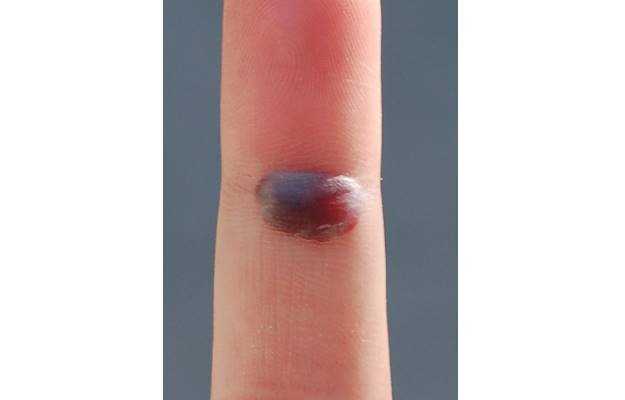What is Pyoderma gangrenosum?
Pyoderma gangrenosum (PG) refers to a rare skin condition characterised by painful ulcerations that take a long time to heal and sometimes leave behind scars.
What are its main signs and symptoms?
Pyoderma gangrenosum is commonly seen on the legs, although there are chances of it occurring elsewhere on the body too. Some of the common signs and symptoms of this condition include:
- The appearance of small, reddish or purple-coloured, rapidly spreading bumps or blisters.
- Ulcers (swollen, open sores) of different sizes and depths with well-defined, blue or violet-coloured borders.
- Sometimes ulcers grow extensively and are highly painful. They might heal without treatment or might even remain unaffected.
- Fever can develop in cases of infection.
- Joint pain (arthralgia) or localised tenderness can be seen.
- Weakness or malaise.
What are the main causes?
The definitive cause of this condition is not yet clear (termed as idiopathic). However, it can be related to:
- Autoimmune disorders (body produces antibodies against healthy tissue).
- Inflammatory bowel disease, some blood disorders and certain forms of arthritis.
- Secondary to trauma or surgery (pathergy).
How is it diagnosed and treated?
The physician will take a detailed history and clinically evaluate the person, trying to rule out other possible conditions. Some of the diagnostic tests which could be advised include:
- Biopsy of the affected tissue.
- Swab test to rule out the chances of a wound infection.
- Certain blood tests to find out associated conditions.
- Pathergy test (a skin prick test that causes lesions to appear).
Treatment of pyoderma gangrenosum is difficult, and the healing process takes time and might require multiple treatment modalities for complete recovery. Generally, skin grafts and surgery are avoided as treatment options, as they can cause enlargement of the ulcer. PG can be treated with local or topical therapy or systemic therapy depending on the severity of the disease.
- Treatment with topical therapy includes:
- Application of the following medication on and around small ulcers to reduce pain:
- Strong steroid preparations.
- Calcineurin inhibitors (tacrolimus).
- Application of the following medication on and around small ulcers to reduce pain:
- Systemic treatments include:
- Antibiotics, such as minocycline or dapsone, in cases of infection.
- Steroids, such as methylprednisolone and prednisone, can be given orally or as intramuscular or intralesional injections to reduce inflammation.
- Immunosuppressive medicines, such as cyclosporine, azathioprine, infliximab, adalimumab and mycophenolate mofetil, help to reduce the body’s immune response.
- Severe cases are treated with medications including:
- Cyclophosphamide.
- Biological treatments.
- Intravenous steroids.
- Immunoglobulins.
- Preventive treatment with corticosteroids before surgery in people with a history of this condition should be considered as surgery may cause recurrence of the condition.
- Open wet dressings on the ulcers.
















